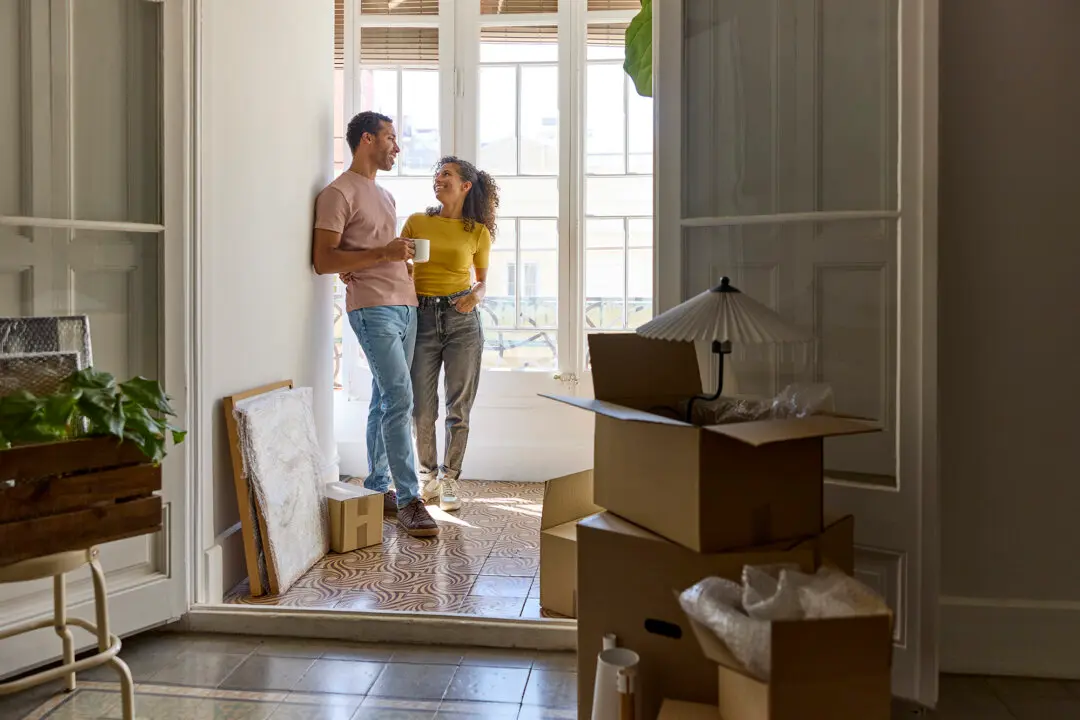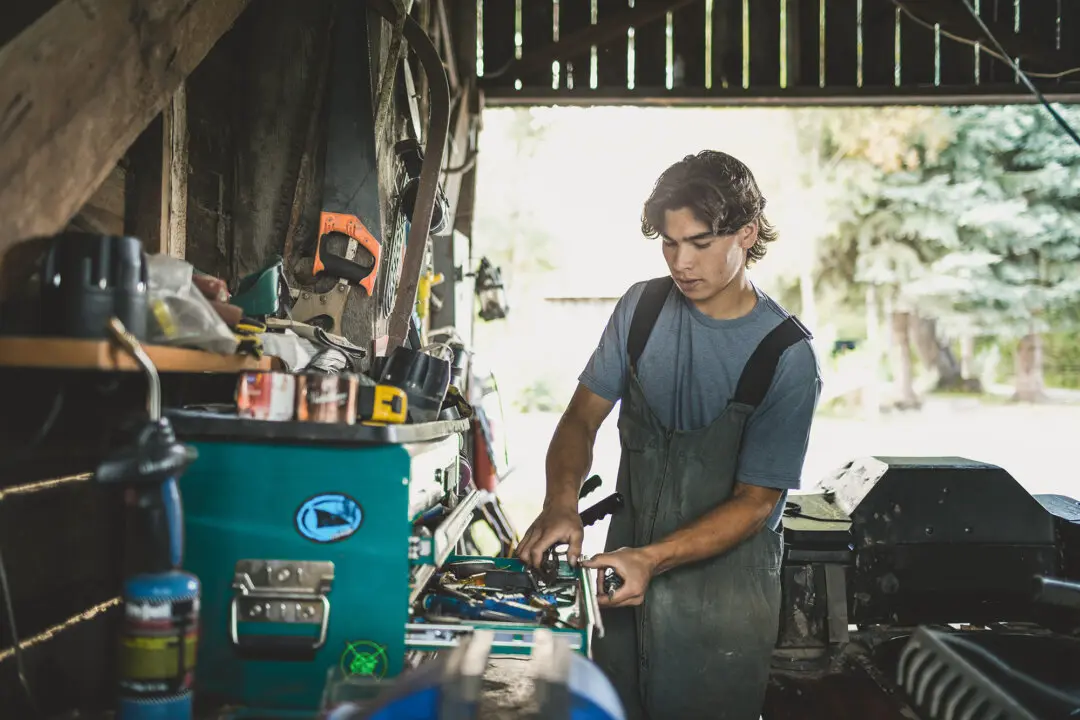Gardening season typically starts in April, but many gardeners swear by sowing their seeds early for a harvest several months earlier—and much longer.
Outdoor conditions in most of the United States are too harsh to sow seeds directly in the ground or in raised planter beds in February and March, but you can easily start them indoors, transitioning them outside when the weather warms up. Seed starting trays, available online, at your local home improvement store, or most nurseries, allow you to sprout a small army of plants in a compact space. But keep it to just a few types to start, or like a mom with 20 children of different personalities, you’ll find some getting neglected to their detriment.





